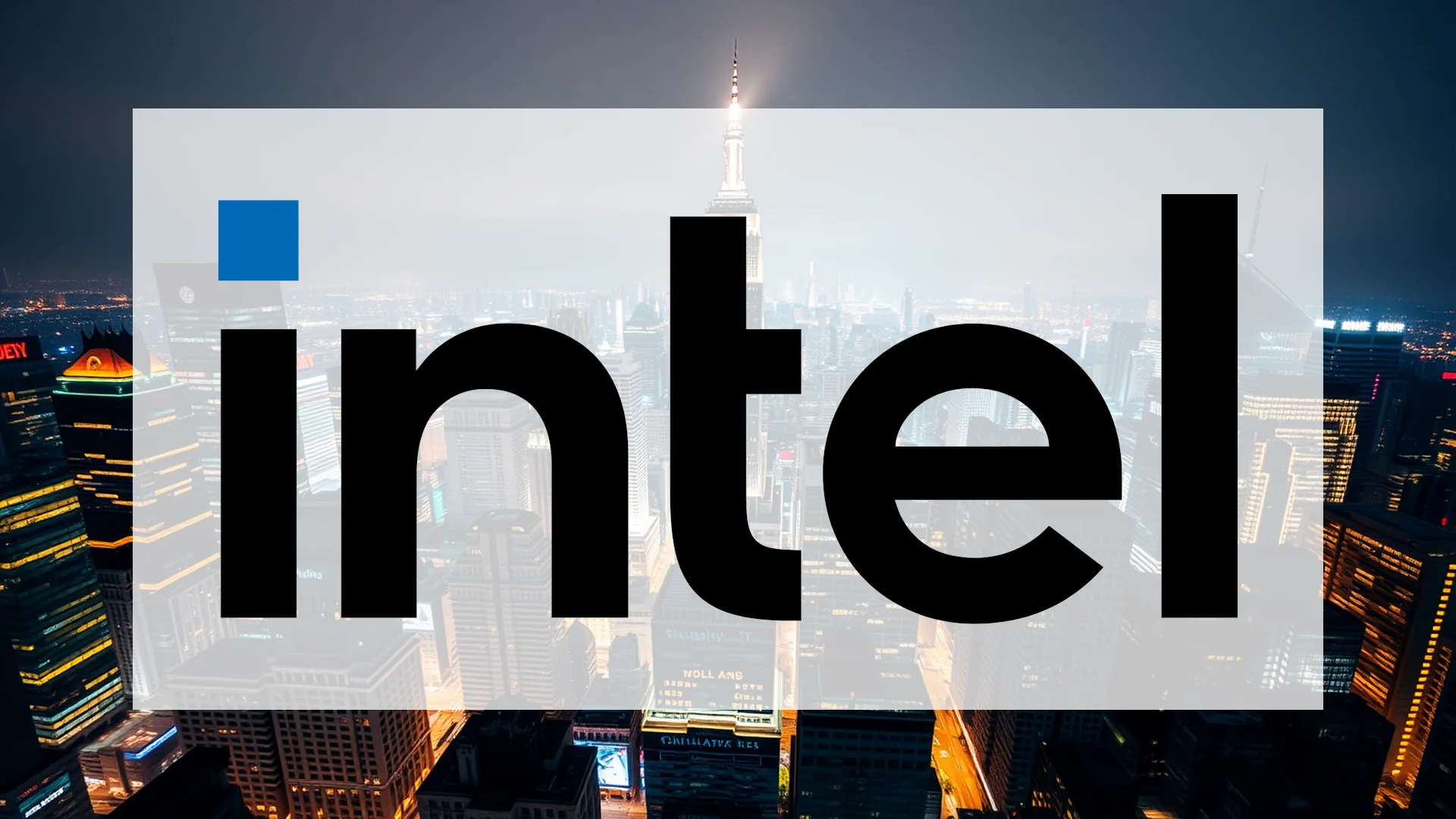A remarkable transformation appears to be underway at semiconductor giant Intel, with recent developments suggesting the company’s strategic overhaul is gaining significant traction. The most striking indicator emerged from an unexpected quarter: Advanced Micro Devices (AMD), Intel’s longstanding competitor, is reportedly considering utilizing Intel’s contract manufacturing services—a potential industry first that would fundamentally alter competitive dynamics.
Unprecedented Market Movement
Since April, Intel’s stock has delivered extraordinary performance, doubling in value and reaching new annual peaks. This surge has pushed share prices to levels unseen since early 2024, with investors increasingly convinced the momentum reflects more than speculative trading. The dramatic appreciation signals growing market confidence in Intel’s transition away from its traditional integrated device manufacturer model toward a more diversified revenue approach.
Validation Through Potential Partnership
The potential AMD collaboration represents a watershed moment for Intel’s foundry ambitions. For years, Intel has struggled to establish credibility as a contract chip manufacturer against established leaders like Taiwan’s TSMC and Samsung. Should AMD become a customer, it would provide tangible validation of Intel’s manufacturing capabilities and significantly boost the credibility of its foundry strategy.
Substantial Financial Backing Strengthens Position
Intel’s transformation has received powerful endorsement through substantial financial investments. In August, the U.S. government committed $8.9 billion and acquired a 10 percent stake in the company. This governmental participation underscores Intel’s central role in American efforts to reshore semiconductor production.
Additional confidence came from significant private investments, with Nvidia allocating $5 billion to Intel shares and SoftBank contributing a further $2 billion. This alliance of influential investors demonstrates strong belief in Intel’s strategic direction. The government’s investment has already generated substantial returns, with the original $8.9 billion stake now valued at approximately $16 billion.
Should investors sell immediately? Or is it worth buying Intel?
Foundry Business as Growth Engine
At the core of Intel’s restructuring lies its fledgling foundry business. Historically focused exclusively on manufacturing its own processors, Intel now aims to serve external clients through this division, directly challenging established contract manufacturers.
The potential AMD partnership would provide the first practical confirmation of this strategy’s viability. Simultaneously, Intel stands to benefit from U.S. initiatives to localize semiconductor manufacturing, which promise additional governmental support for domestic chip production.
Analytical Caution Amid Market Enthusiasm
Despite the impressive stock performance, financial analysts maintain measured perspectives. The consensus recommendation currently stands at “Hold” with a price target of $25.65—significantly below current trading levels. Concerns primarily center on Intel’s most advanced manufacturing processes and whether reported partnerships will materialize into concrete business relationships.
The company continues to navigate challenges including negative earnings per share and substantial restructuring expenses. Management is targeting cost reductions exceeding $10 billion while simultaneously making massive investments in new production capacity, creating a complex financial balancing act during this transitional period.
Ad
Intel Stock: Buy or Sell?! New Intel Analysis from November 20 delivers the answer:
The latest Intel figures speak for themselves: Urgent action needed for Intel investors. Is it worth buying or should you sell? Find out what to do now in the current free analysis from November 20.
Intel: Buy or sell? Read more here...










